400 YEARS OF SILENCE
When researching the Bible and dates at which each story took place, there’s a certain time period that’s missing. Between the years 430 BC and 4 BC, a period of 400 years.
During this span, sometimes called the intertestamental period or the years of silence, there were no prophetic writings, no direct revelation from God.
For followers of Jesus, this four-century interval may raise some questions, whether out of idle curiosity or due to deeper questions about their faith.
Why did God stop speaking through the prophets?
What was happening among the people of Israel and in the surrounding lands?
How to bridge the gap between the situation at the end of the Old Testament and the conditions at the start of the New?
This time period is very reminiscent of the last 2000 years. No writings have been added to the holy book since the Bible was completed with Revelations. Diving deep into this 400 year time period shows how satan was working to discredit God and his people while he was silent.
Answers to those questions go beyond satisfying historical or theological curiosity. They create a framework for better understanding the political, social and religious context into which Jesus was born, as well as a deeper appreciation for his messianic mission.
The close of the Old Testament
The history of the Old Testament closes with the return of the Israelites from Babylonian exile to their own land, thanks to the edict of the Persian king Cyrus, after he had conquered Babylon. Recorded primarily in the books of Ezra and Nehemiah, this return took place in a series of waves over a period of about a century, from around 540 BC to 420 BC.
The first wave, under Zerubbabel and Joshua the priest, rebuilt the temple in Jerusalem, a small and pale replacement of Solomon’s grand temple that had been destroyed by the Babylonians. The prophets Haggai and Zechariah encouraged the work with promises of a future glory to be revealed by God.
Decades later, under Ezra and Nehemiah, the wall of the city was rebuilt, teaching of the Law of Moses re-established and civil authority reorganized. Malachi wrote the final prophetic words from God during this time, condemning the sins of the priests and people, and looking ahead to the Messiah who would bring judgment and salvation.
Throughout this period, Israel was a minor province of the Persian Empire, a far cry from its glory years as a powerful kingdom under David and Solomon.
World events in the Mediterranean and beyond
Israel remained under Persian rule for another century, until about 331 BC, when the Persian Empire was conquered by the Macedonian warrior king Alexander the Great. A brilliant military leader, Alexander built an empire by conquest that stretched from Greece down through Syria and Palestine into Egypt, and across southern and central Asia as far as the frontiers of India.
Alexander introduced Hellenistic Greek culture, philosophy, religion and language throughout this vast territory – one of the largest land empires in history – and built the city of Alexandria in Egypt as a centre for learning.
After Alexander’s untimely death at age 33, his massive empire was divided by his generals into a handful of successor states. The land of Israel, now called Palestine or Judea, became a buffer region ruled by two of these Hellenistic successors, first the Ptolemies of Egypt and then the Seleucids of Syria.
Jews of the Diaspora scattered across the ancient world increasingly adopted Greek language and culture, but so did Jews in Palestine. Under the Seleucid rulers, this process of Hellenization reached a tipping point when Antiochus IV Epiphanes desecrated the temple in Jerusalem, dedicated it to the Greek god Zeus and slaughtered a pig on the altar.
Even for the Hellenized Jews this was a step too far. A priest name Mattathias and his sons Judas, Jonathan and Simon, known collectively as the Maccabees (or hammers), began a revolt against the Seleucids in 168 BC, finally achieving a small but independent Judean state in 142 BC.
The Jewish holiday of Hanukkah ("Dedication") commemorates the restoration of Jewish worship at the Second Temple in Jerusalem in 164 BC, after Judah Maccabee removed all of the statues depicting Greek gods and goddesses and purified it.
I find it interesting this event is so highly commemorated to modern day Judaism. It is most likely because the Maccabees were the family that established the Pharisees and Sadducees within Israel.
Their descendants, John Hyrcanus, Aristobulus I and Alexander Jannaeus among them, formed the Hasmonean dynasty (named after a Maccabean ancestor) and ruled as de facto kings and priests for about 80 years. The last significant Hasmonean ruler was a queen, Salome Alexandra, under whom Judea reached its largest extent, incorporating Samaria, Galilee and regions east of the Jordan River and the Dead Sea.
All these historical developments became factors that shaped Judaism after the exile and during the intertestamental period. Known as Second Temple Judaism, this era of Jewish history extended from Cyrus’ edict to rebuild the temple in 539 BC to the destruction of the temple by the Romans in AD 70.
Second Temple Judaism
During this period, Greek and Aramaic replaced Hebrew as the common spoken languages of the Jews, the former thanks to Alexander the Great and the latter due in part to the Israelites’ long stay in Babylon. In addition, Greek culture, ideas and beliefs were adopted to varying degrees by different circles within Jewish society.
Their time in foreign captivity had cured the Jewish people of idol worship, one of the sins for which God had sent them into exile. They rededicated themselves to obeying the Law and being set apart to God, but interpreted these commitments in a variety of ways, all of them mingling faith with politics. While avoiding idolatry, they acclaimed their leaders as kings or priests or both, even though none of these leaders were descended from the royal line of David or the priestly line of Aaron.
Five politico-religious factions emerged within Jewish culture during this time:
The Pharisees were radically devoted to obeying the Law of Moses, to the point of adding their own legalistic traditions to it, which they came to view as equal in authority with the Scriptures.
The Sadducees, mostly wealthy and powerful social elites, rejected such traditions and obeyed the Law only as far as it didn’t interfere with their cultural position and Hellenistic lifestyle.
The Essenes were an isolationist sect that rejected both Jewish and Hellenistic society and lived in ascetic desert communities such as the one at Qumran by the Dead Sea.
The Herodians were Jews in name alone, loyal to the Roman government and the puppet rulers it installed.
The Zealots were revolutionaries dedicated to overthrowing the Roman government by any means necessary.
Remember in the introduction I mentioned how satan would try to discredit God’s religion while he was silent. Well this was how. Specifically with the creation of the Sadducees and Pharisees who did not represent the religion of God but pretended to God’s people they were. This is why Jesus gave them the title of ‘Generation of vipers’:
Woe unto you, scribes and Pharisees, hypocrites! because ye build the tombs of the prophets, and garnish the sepulchres of the righteous, And say, If we had been in the days of our fathers, we would not have been partakers with them in the blood of the prophets. Wherefore ye be witnesses unto yourselves, that ye are the children of them which killed the prophets. Fill ye up then the measure of your fathers. Ye serpents, ye generation of vipers, how can ye escape the damnation of hell?
-Mathew 23:29-33
The Sadducees and Pharisees were formed within Israel and these two groups are generally regarded as the founders of modern day Judaism.
It helps to understand who the Sadducees are because they appear in the Gospels and interacted with Jesus and the apostles in intense ways. Jesus made it clear to his disciples that the Sadducees were spiritually dangerous.
“[Jesus said], ‘How is it that you fail to understand that I did not speak about bread? Beware of the leaven of the Pharisees and Sadducees.’ Then they understood that he did not tell them to beware of the leaven of bread, but of the teaching of the Pharisees and Sadducees”
The Sadducees and Pharisees were never written about in the Old Testament and were the main antagonists in the New Testament.
So why is modern day Judaism based off of their teachings?
Why does modern day Judaism hold the Oral Torah, the first five books of the Bible, which don’t talk about resurrection, in such high regard?
It’s because of what Jesus said. They are the children of them which killed the prophets and have no place in the kingdom of God.
Modern day Judaism should be called the ‘Religion of the Pharisees’.
Origins of the Pharisees and Sadducees
In 539 BCE the Persians conquered Babylon, and in 537 BCE Cyrus the Great allowed Jews to return to Judea and rebuild the Temple. He did not, however, allow the restoration of the Judean monarchy, which left the Judean priests as the dominant authority.
Without the constraining power of the monarchy, the authority of the Temple in civic life was amplified. It was around this time that the Sadducee party emerged as the party of priests and allied elites. However, the Second Temple, which was completed in 515 BCE, had been constructed under the auspices of a foreign power, and there were lingering questions about its legitimacy.
Is it possible that the priests who helped set up this new foreign temple were only there to discredit God’s people and religion?
This explains why the Sadducees did not believe in any Scripture beyond the Torah, which consists of the first five books of the Bible:
Genesis
Exodus
Leviticus
Numbers
Deuteronomy
The other sections of the gospel spoke about resurrection, angels and spirits.
On the other hand the Pharisees did believe in the resurrection, angels and spirits. They spoke to the common people and tried to relate to the new hellenistic culture that was spreading around the region at that time. Pharisees of old remind me of today’s ‘Messianic Jews’, because of the way they try to fit into the culture of the gentiles just to sway them towards own viewpoint.
The sages of the Talmud see a direct link between themselves and the Pharisees, and historians generally consider Pharisaic Judaism to be the progenitor of Rabbinic Judaism, that is normative, mainstream Judaism after the destruction of the Second Temple.
All mainstream forms of Judaism today consider themselves heirs of Rabbinic Judaism and, ultimately, the Pharisees.
Josephus indicates that the Pharisees received the backing and good-will of the common people, apparently in contrast to the more elite Sadducees associated with the ruling classes. In general, whereas the Sadducees were aristocratic monarchists, the Pharisees were eclectic, popular, and more democratic.
So the Sadducees focused on the rich and Pharisees focused on the poor.
Josephus, believed by many historians to have been a Pharisee, estimated the total Pharisee population before the fall of the Second Temple to be around 6,000. He claimed that the Pharisees' influence over the common people was so great that anything they said against the king or the high priest was believed, apparently in contrast to the more elite Sadducees, who were the upper class.
It is often speculated that the Sadducees grew out of the Judean religious elite in the early Hasmonean period, under rulers such as John Hyrcanus.
After defeating the Seleucid forces, Judas Maccabaeus's nephew John Hyrcanus established a new monarchy in the form of the priestly Hasmonean dynasty in 152 BCE, thus establishing priests as political as well as religious authorities. Although the Hasmoneans were considered heroes for resisting the Seleucids, their reign lacked the legitimacy conferred by descent from the Davidic dynasty of the First Temple era.
"Pharisee" is derived from Ancient Greek Pharisaios (Φαρισαῖος), from Aramaic Pərīšā (פְּרִישָׁא), plural Pərīšayyā (פְּרִישַׁיָּא), meaning "set apart, separated", related to Hebrew Pārūš (פָּרוּשׁ).
Separated from what? God?
The Pharisees emerged largely out of the group of scribes and sages. Some scholars observe significant Idumean influences in the development of Pharisaical Judaism. The Pharisees, among other Jewish sects, were active from the middle of the second century BCE until the destruction of the Temple in 70 CE.
The Edom Influence
Idumean influence is another word for ‘Edom influence’ and at the time the Edomite religion was closely associated with the caananite religion of Baal.
The religion of Baal surrounded Israel. To the north were the Phoenicians, East wee Assyrians and the South were the Edomites.
After the conquest of Judah by the Babylonians, Edomites settled in the region of Hebron. They prospered in this new country, called by the Greeks and Romans "Idumaea" or "Idumea", for more than four centuries.
Strabo, writing around the time of Jesus, held that the Idumaeans, whom he identified as of Nabataean origin, constituted the majority of the population of Western Judea, where they commingled with the Judaeans and adopted their customs, a view not necessarily shared by modern scholarly works.
For a brief historical moment, it may have seemed that the Jews were on the verge of a promised messianic kingdom and a return to former glory. But the Hasmoneans were no messiahs, and their kingdom was small and unstable, riven by political and religious divisions.
During the warlike rule of the Maccabees (Hasmoneans), Edomites were completely subdued and even forced to conform to Jewish laws and rites and submit to the government of Jewish prefects. The Edomites were now incorporated with the Jewish nation. Maybe even some became scribes/sages and formed the Pharisees/Sadducees.
What’s interesting is that the Herodian Dynasty, the kings who ruled Israel during the time of Jesus, were all ‘Idumean’ and ancestors of Edom. They began their rule in 37BC
But before that happened we see Rome make a partnership with the corrupt leaders/sages of Israel when Julius Caesar rose to power in Rome. This is the precursor to what we still see today with the main enemies of God being the Babylon powers of Ancient Rome and the Babylon powers of the Pharisee religion. I go over this subject in my Persecution of Christian Series:
This article is a precursor to this series and explains how satan tried to take over God’s kingdom right before the Messiah, Jesus Christ, came to Earth. We can see both of these Babylon powers team up and destroy the largest library in the world at the time, the Library of Alexandria.
What scrolls ended up burning?
Was it a plan to burn the biblical scrolls?
Did Biblical scrolls get lost in the fire?
It is very interesting that the burning of this library took place right in the middle of this time period.
Burning the Library of Alexandria
The burning of the largest library of ancient times, the Library of Alexandria, took place between the ‘400 years of Silence’ between 430 BC - 6BC. To understand how this ties with the Jews we have to look to Rome and Julius Caesar.
Pompey was a talented, ruthless general for Rome. He was the first Roman leader to understand that Rome could not successfully control the Middle East if it did not control Judea. Even if Judea was merely a neutral independent it would serve as a wedge between the Northern Empire (Syria) and the Southern Empire (Egypt). Therefore, he looked for a way to get himself in power in Judea.
Ideally, he did not want to do it through war, because the Jews – the Hasmoneans/Maccabees – had a fearsome reputation. The Romans referred to the Jews as “porcupines.” Just as a porcupine is an animal that even great predators avoid, so too the Jews. Even if you ate it you would be sorry. The Jews had the reputation as difficult to fight in a war and impossible to govern.
Moreover, the Romans viewed the Jews as “atheists” or “non-believers.” Anyone who was religious, in their world view, had a god that you could see. They could not comprehend an invisible God with a Temple that had no visible idol to worship.
Therefore, Pompey was not interested in going to war with the Jews or running their country. However, he did want to control them somehow.
According to Josephus, Pompey stepped into the Holy of Holies, the innermost sanctum of the Temple. However, he did not take any booty or interrupt the services of the Temple. The next day he withdrew him army from the Temple Mount and returned it to the authority of the Jews.
Nevertheless, for all practical purposes, Judea was now under Roman domination.
His work done in Jerusalem, Pompey returned to Rome expecting to be made the Emperor. However, he had strong competition for the job. One of his competitors was Julius Caesar, who was a great general in his own right. He did in the West what Pompey had done in the East and subdued the peoples in what is today England, France and the Rhineland of Germany.
These two great Roman generals agreed that Rome would be run by a Triumvirate: Julius Caesar, Pompey and a third General, Crassus. However, the Triumvirate lasted only five years, leaving Pompey and Caesar jockeying for control.
The Senate of Rome backed Pompey, but Caesar boldly marched his army across the Rubicon, the famous river that marked the boundary between Italy proper to the south and its provinces to the north. Roman law forbade a Roman army to cross the river. In doing so, Caesar was committing an act of war. (That is why the popular idiom, “Crossing the Rubicon” means to pass a point of no return.)
As Caesar’s army entered Rome, Pompey and the Roman Senate fled for their lives. Caesar declared himself Emperor and pursued Pompey all the way to Egypt. Once there, he committed a rare tactical blunder and found himself besieged in Alexandria by Pompey’s army and its allies. Sorely in need of friends, he looked for any help that would extricate him from his dangerous situation.
Until that time, Hyrcanus had been an official ally of Pompey. However, he shrewdly switched sides and declared his allegiance to Caesar. He then committed over 3,000 Jewish soldiers to an expeditionary force that invaded Egypt and helped raise the siege of Alexandria.
Thus, when the Roman civil war ended in Julius Caesar’s complete victory Hyrcanus was in a fortuitous position. Indeed, Caesar showed the Jews his gratitude for their help. He revoked the harsh decrees and burdensome taxation imposed by Pompey. He also allowed the walls and fortifications of Jerusalem to be rebuilt and restored Jaffa as well as a number of other coastal cities to Jewish rule.
In the year 64 BCE, Pompey appeared in Damascus. Warring factions of Jews sent representatives to convince the Roman to side with them and not their opponent. (The Sanhedrin, ever wary of allowing Rome in the door – and history would prove their caution warranted — sent a delegation saying that Rome’s intervention wasn’t needed.) Pompey listened and then took his time responding.
In 63 BCE, he arrived in Jerusalem. The Jewish forces lead by Hyrcanus promptly withdrew. The forces of his opponent, Aristobulus, fought against Pompey and Hyrcanus. After two months, the Romans broke through and massacred some 12,000 of the Jews defending the Temple.
Until that time, Hyrcanus had been an official ally of Pompey. However, he shrewdly switched sides and declared his allegiance to Caesar. He then committed over 3,000 Jewish soldiers to an expeditionary force that invaded Egypt and helped raise the siege of Alexandria.
In 48 BC, during Caesar's Civil War, Julius Caesar was besieged at Alexandria. His soldiers set fire to some of the Egyptian ships docked in the Alexandrian port while trying to clear the wharves to block the fleet belonging to Cleopatra's brother Ptolemy XIV. This fire purportedly spread to the parts of the city nearest to the docks, causing considerable devastation.
In order to sway Julius Caesar to stop, Cleopatra secreted herself into the Royal Quarter and eventually became Caesar’s lover.
The first-century AD Roman playwright and Stoic philosopher Seneca the Younger quotes Livy's Ab Urbe Condita Libri, which was written between 63 and 14 BC, as saying that the fire started by Caesar destroyed 40,000 scrolls from the Library of Alexandria.
Is it possible that this was all planned out to destroy the Jewish scrolls that were written between the time period of 430 BC - 6 BC?
Did God want this to happen so people would ask questions about the 400 years of silence?
Regardless if you look at the end of the Old Testament, there were multiple stories written every year up until 430 BC and then nothing else for 400 years.
When the Roman civil war ended in Julius Caesar’s complete victory Hyrcanus was in a fortuitous position. Indeed, Caesar showed the Jews his gratitude for their help. He revoked the harsh decrees and burdensome taxation imposed by Pompey. He also allowed the walls and fortifications of Jerusalem to be rebuilt and restored Jaffa as well as a number of other coastal cities to Jewish rule.
The scribes, elders and rabbis arose as the leading scholars of the day who would study, interpret and apply the principles of the Jewish Scriptures. Largely due to their work during the intertestamental period, various scriptural doctrines were developed and brought into sharper focus.
These included the nature of angels and demons, the pre-cosmic fall of Satan, resurrection and the afterlife beyond the brief hints in the Prophets and the Psalms, and growing expectation of a coming Davidic Messiah.
The Opening of the New Testament
After four centuries of prophetic silence, God sent his angel Gabriel to announce the births of John the Baptist and of Jesus. These annunciations bridged the 400-year gap from the prophecies of Malachi, which had predicted the coming Messiah and his forerunner who would prepare the way before him.
God’s 400 years of silence occurred between the Old and the New Testaments. The final verses of the Old Testament concluding with the book written by the prophet Malachi read:
“Behold, I will send you Elijah the prophet before the great and awesome day of the Lord comes. And he will turn the hearts of fathers to their children and the hearts of children to their fathers, lest I come and strike the land with a decree of utter destruction.” (Malachi 4:5-6 ESV)
Then the New Testament starts. Elijah represents John the Baptist and the day of the Lord represents the days after Jesus was born.
When Jesus was speaking about John, he quoted Malachi 3:1 and then stated:
“For all the Prophets and the Law prophesied until John, and if you are willing to accept it, he is Elijah who is to come”
God hasn’t revealed why he stopped speaking to the nation of Israel after returning them to their own land. But it’s evident he was still at work through the historical, cultural and philosophical developments of the intertestamental period, preparing the way for the advent of his Son Jesus. The political and religious climate had raised messianic expectation to a fever pitch, and the centuries of silence made the sense of anticipation almost palpable.
When Jesus arrived, the institutions of Second Temple Judaism and Hellenistic Jewish culture provided the backdrop and springboard for his ministry. Some of these institutions he challenged and some of them he embraced and built upon. The intermingling of Jewish and Gentile culture pointed to the universal nature of the salvation Jesus would bring.
Among his chosen twelve was a tax collector who served the Roman government, a Zealot who sought to overthrow it, and some rural fishermen who got embarrassed when he publicly challenged the Pharisees.
Thanks to Alexander the Great’s Hellenizing enterprise, Jews and Greeks had a Bible they could all read and understand, and a common language in which they could share and receive the Gospel message. Thanks to the Roman genius for construction and administration, the Early Church had the roads, transportation and infrastructure it needed to travel anywhere in the Empire and make disciples among all nations.
The intertestamental period demonstrates that the distinction between so-called sacred and secular history is false. All of it is God’s history, under his sovereign control, through which he glorifies his name and his Son and builds his ultimate Kingdom.
anon_fa_mous threads
I’m at a crossroads in my career as an investigative journalist. I would love to make this my full time gig and do even more work for everyone.
Support my work by subscribing here for just $7 per month:




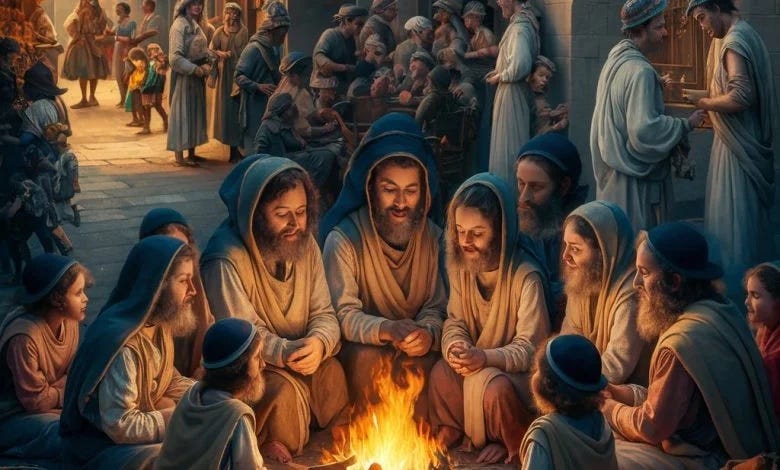
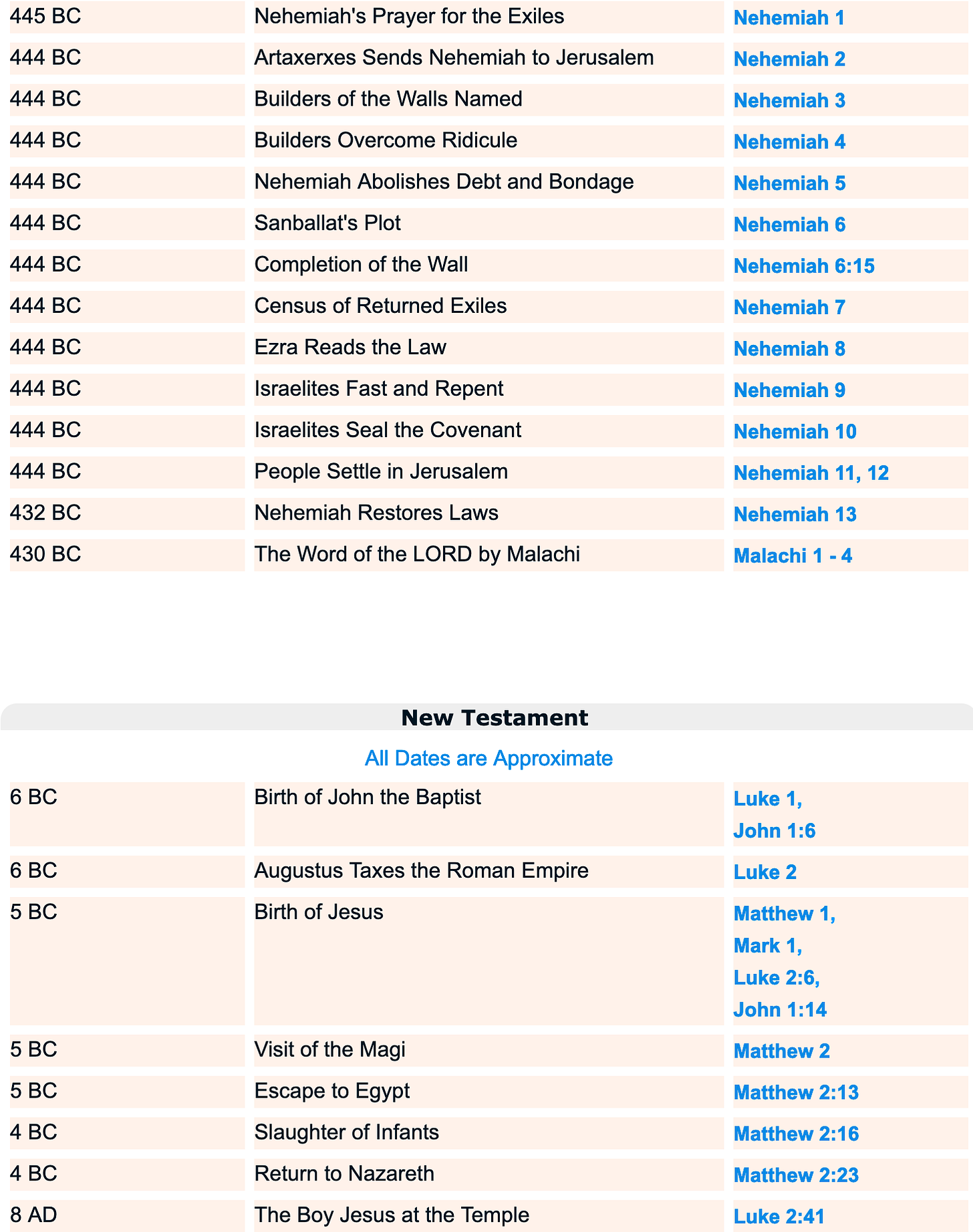
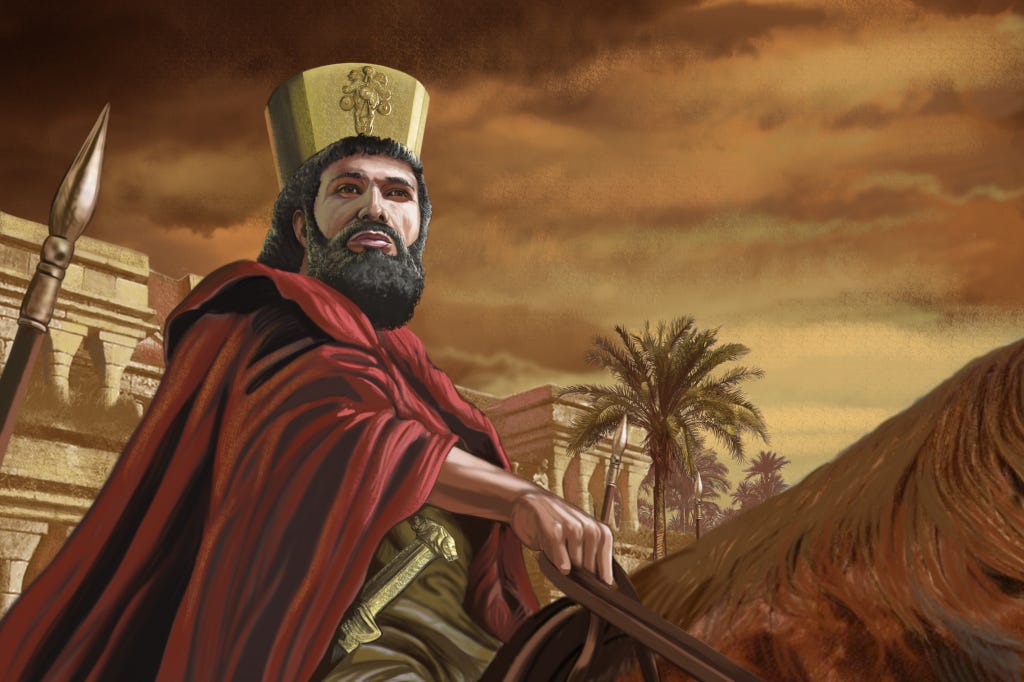

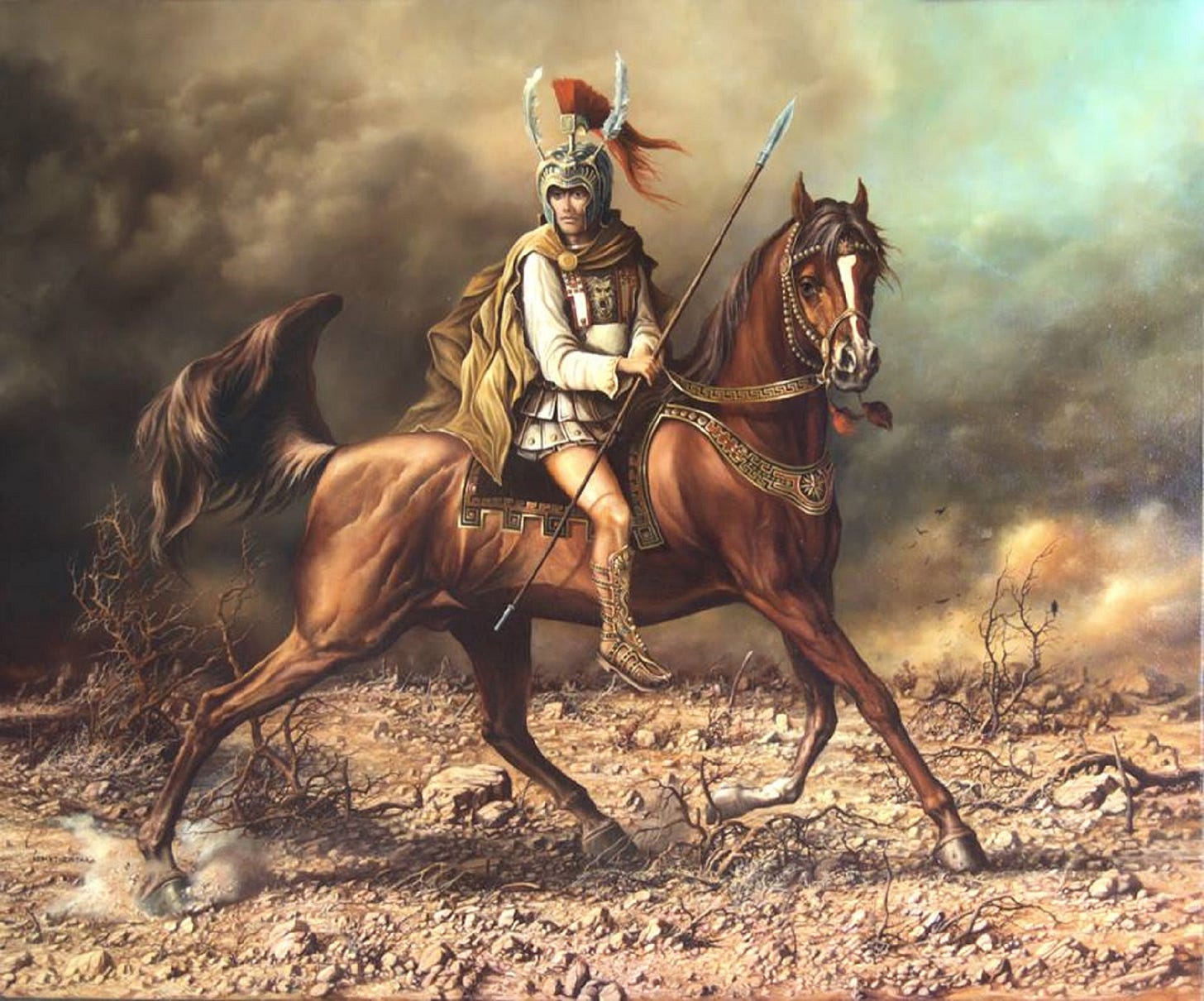
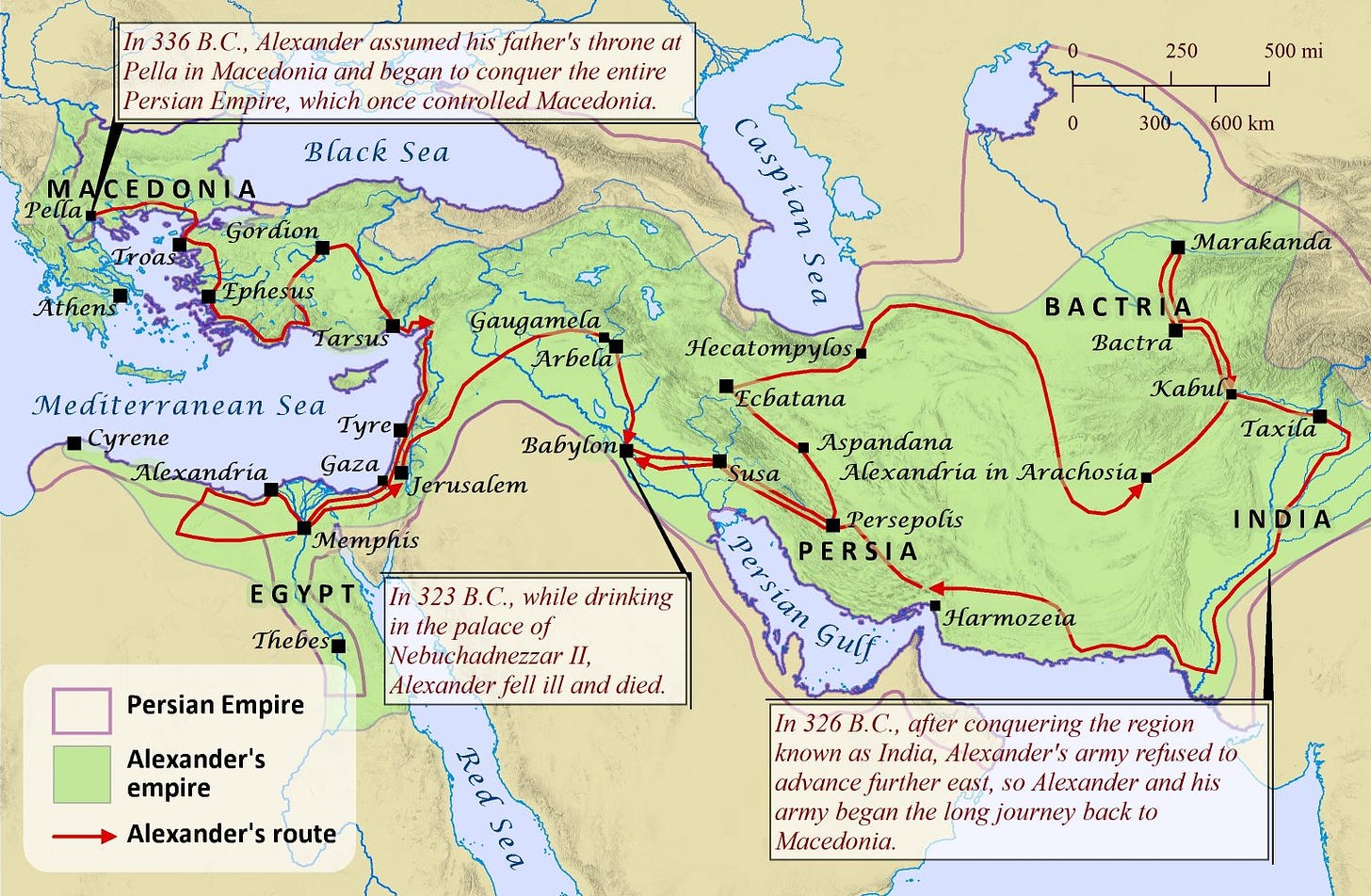
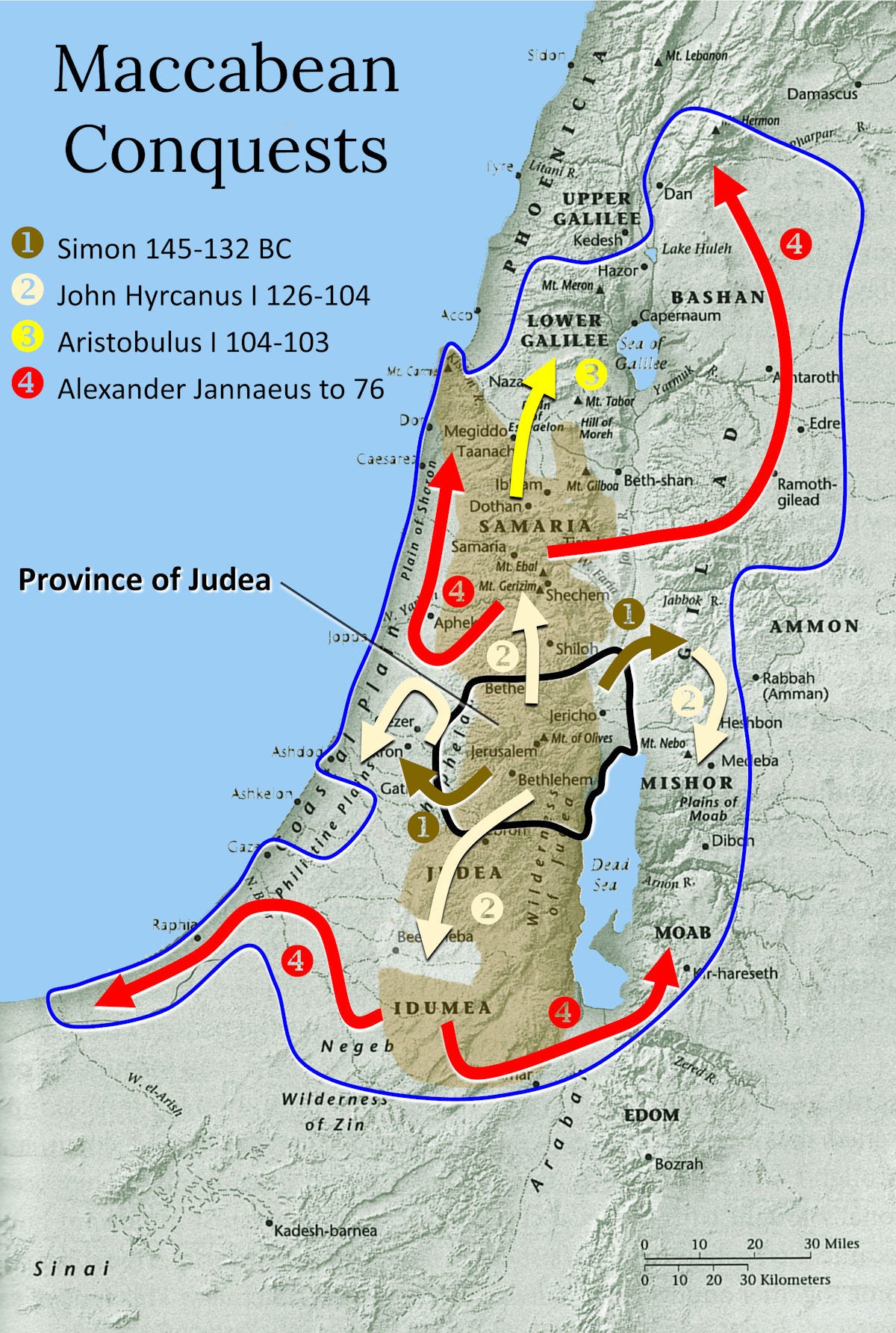
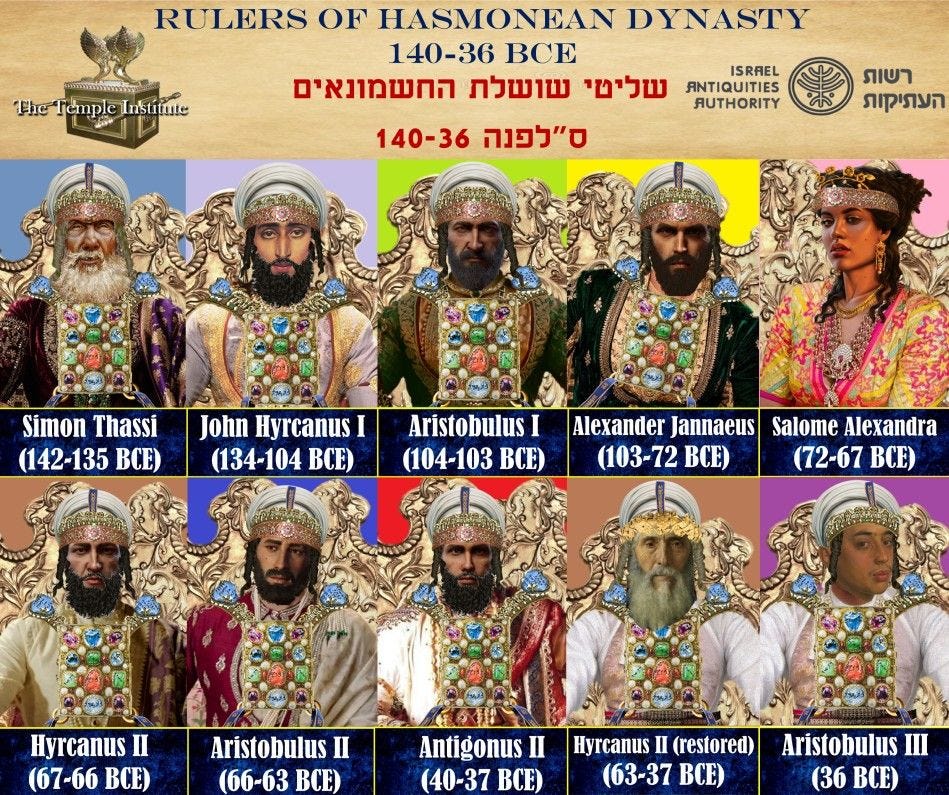
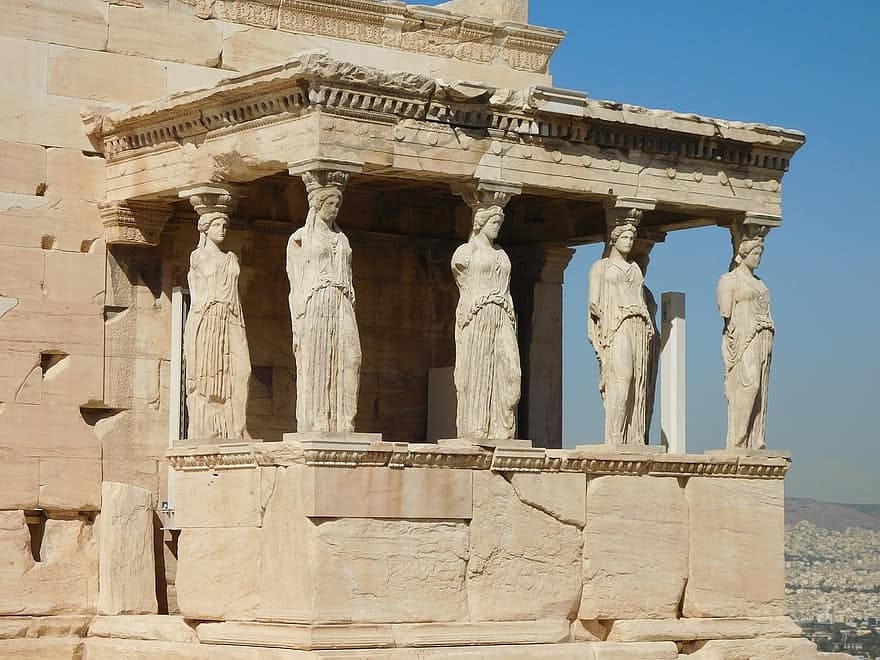
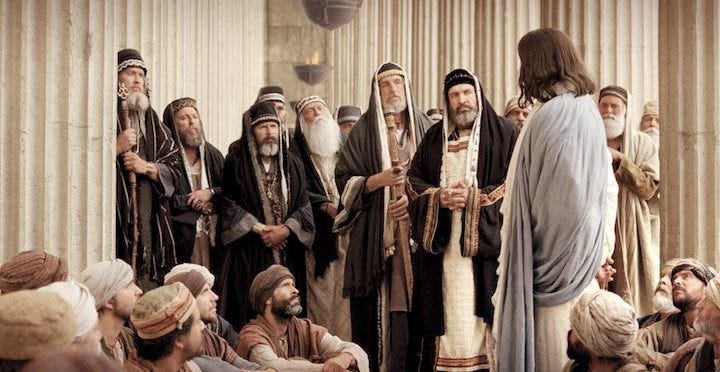
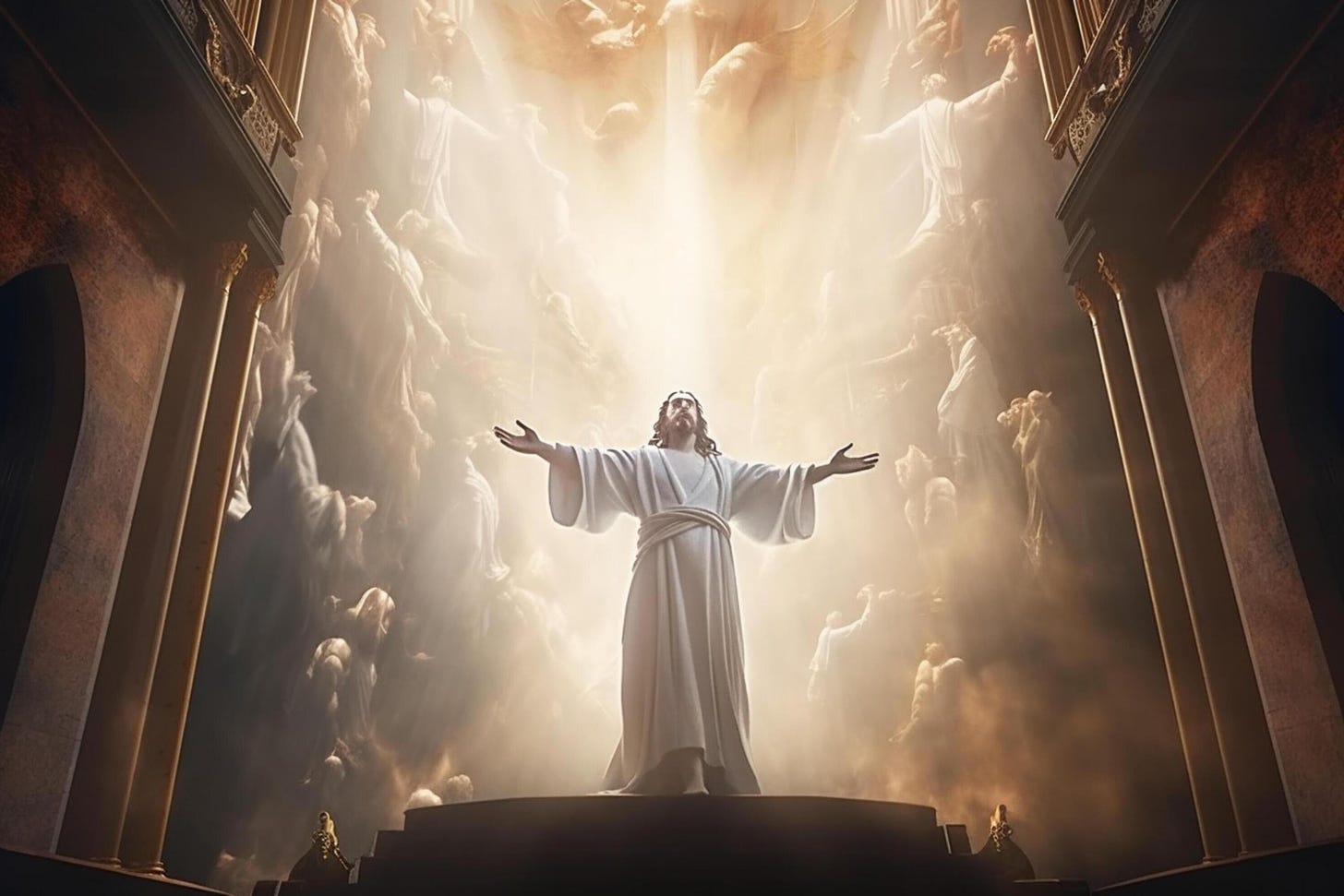
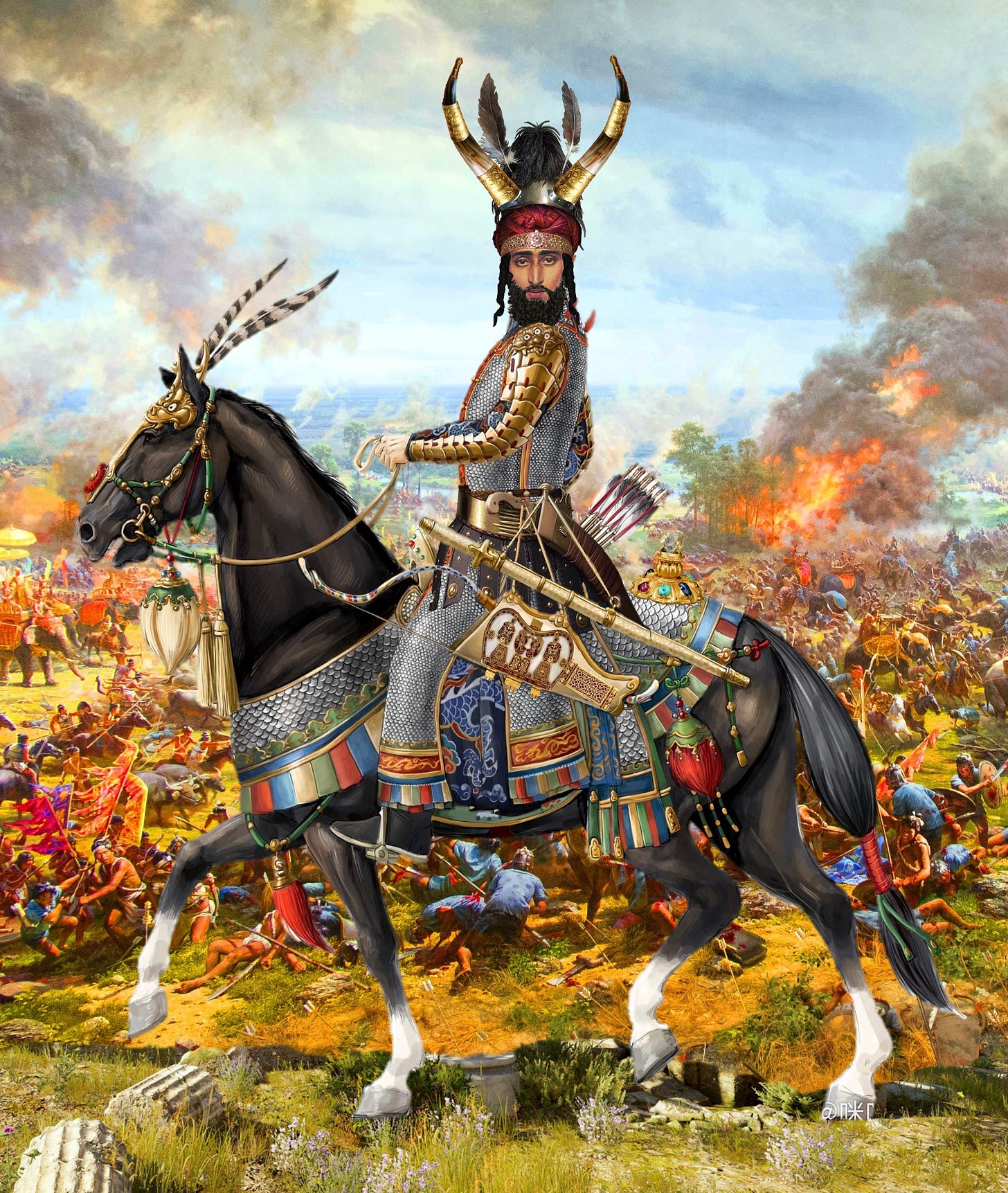
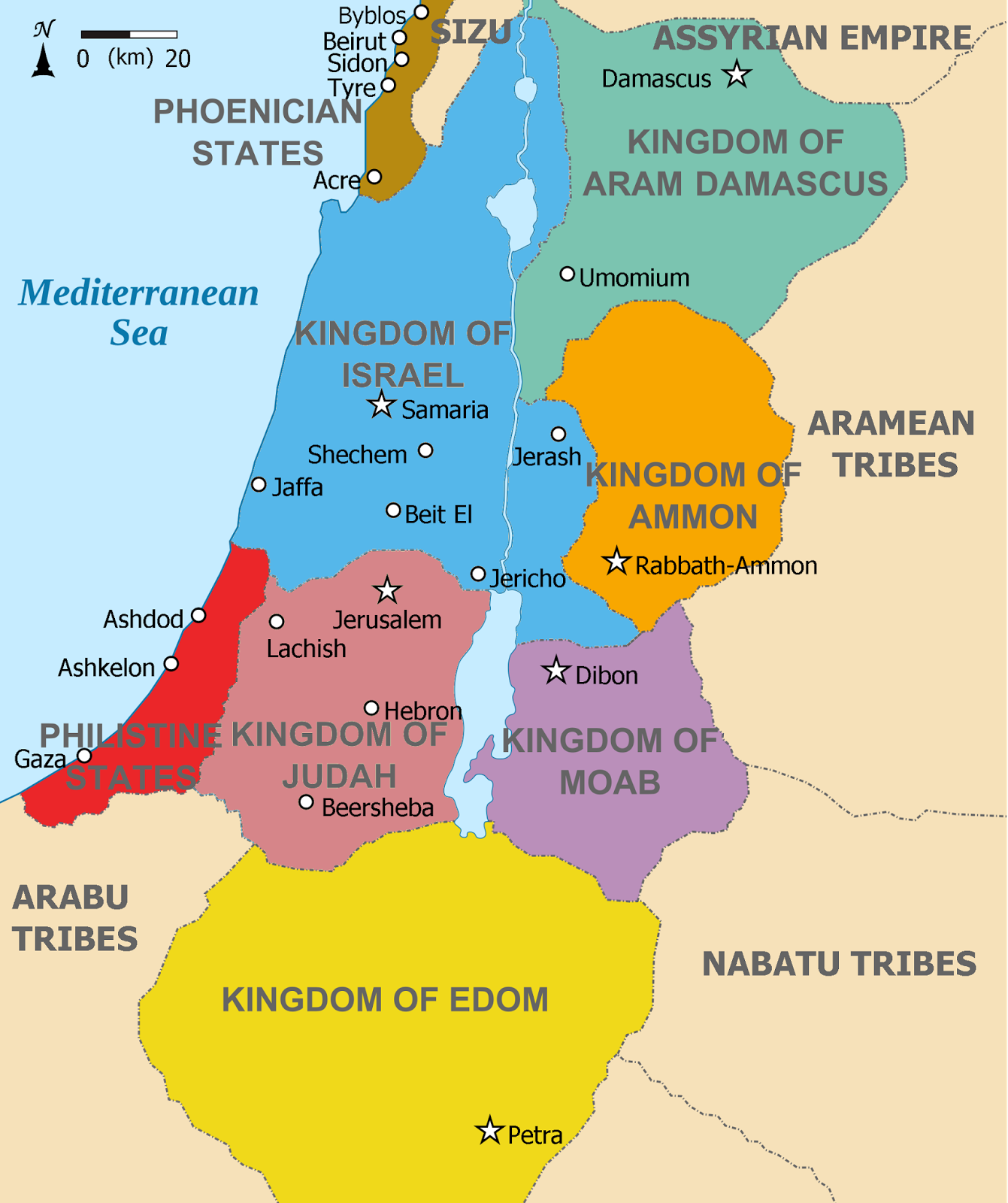
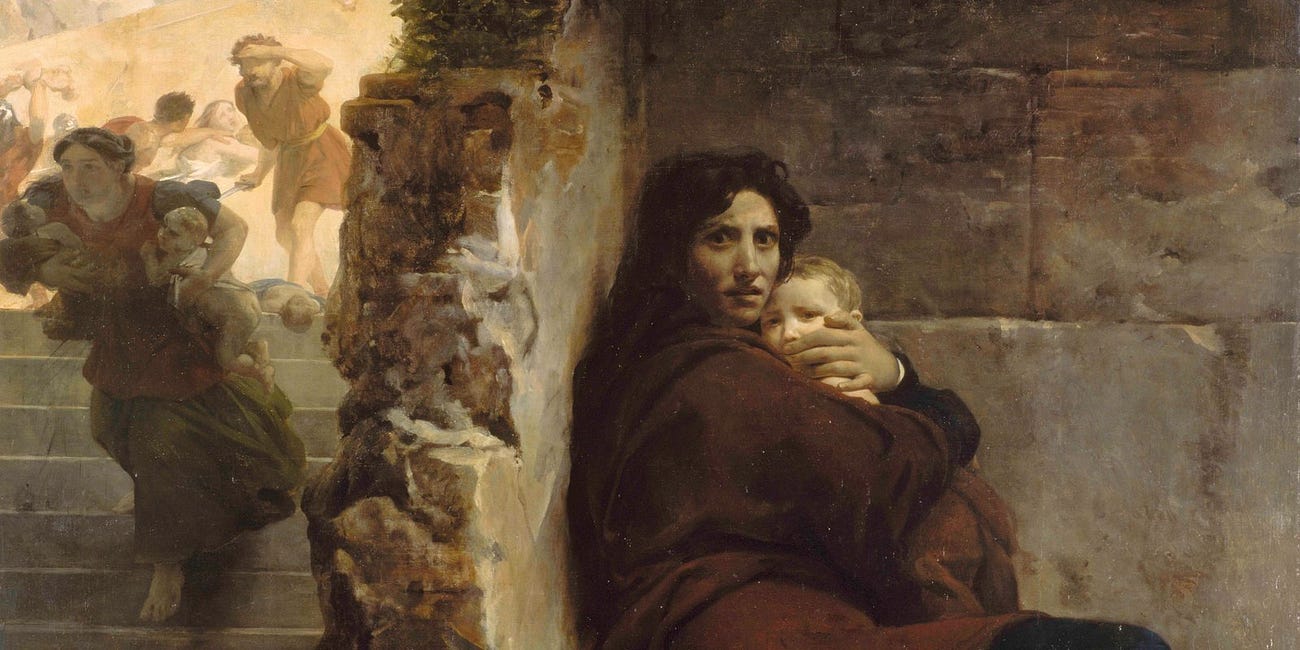
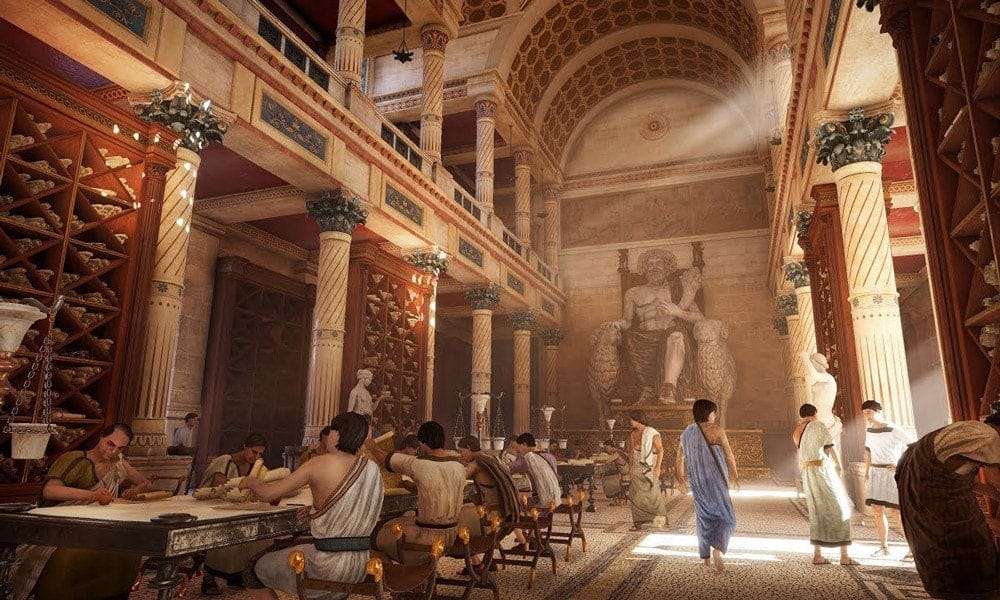
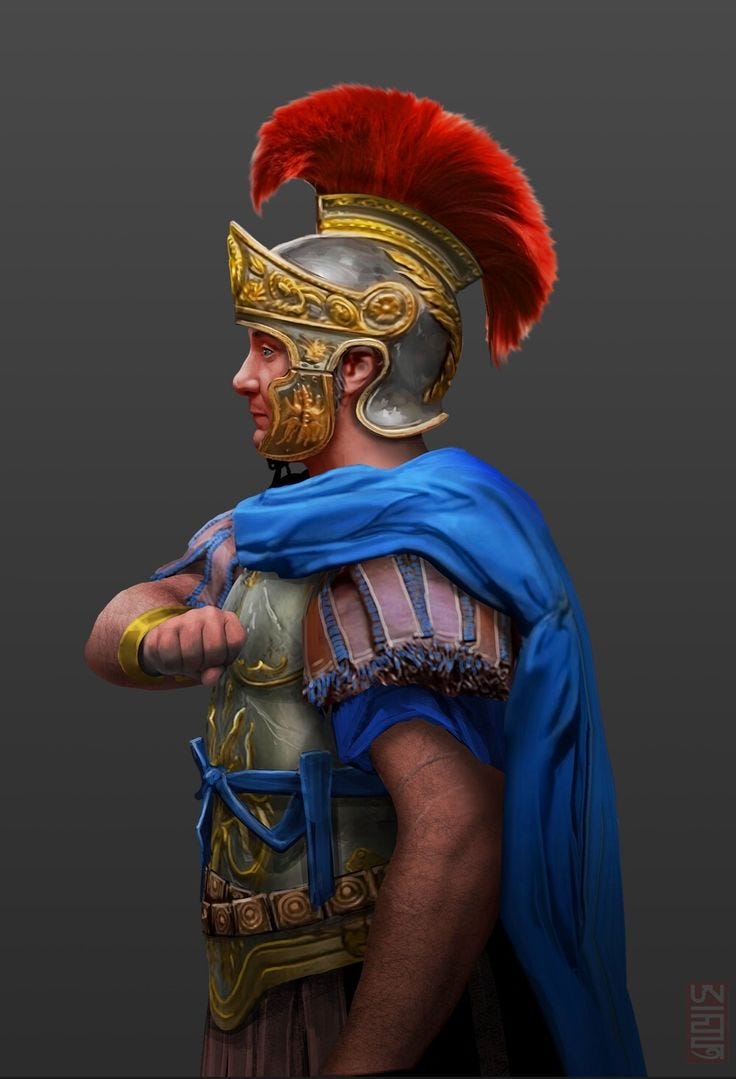
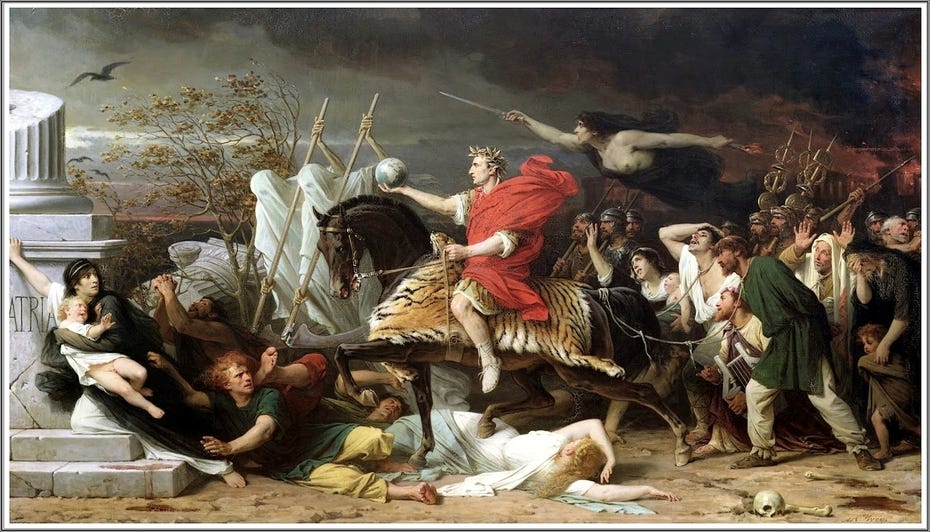
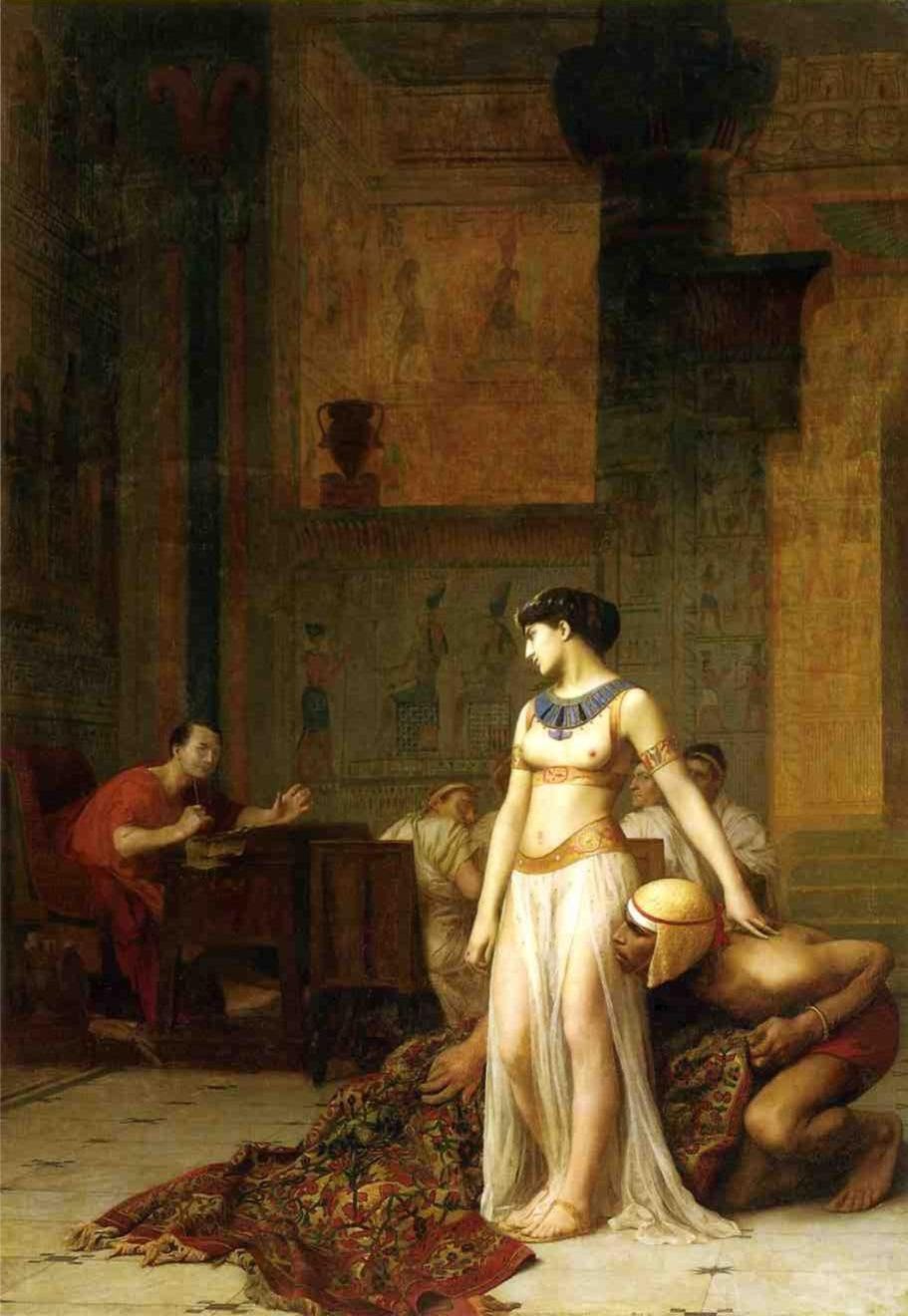
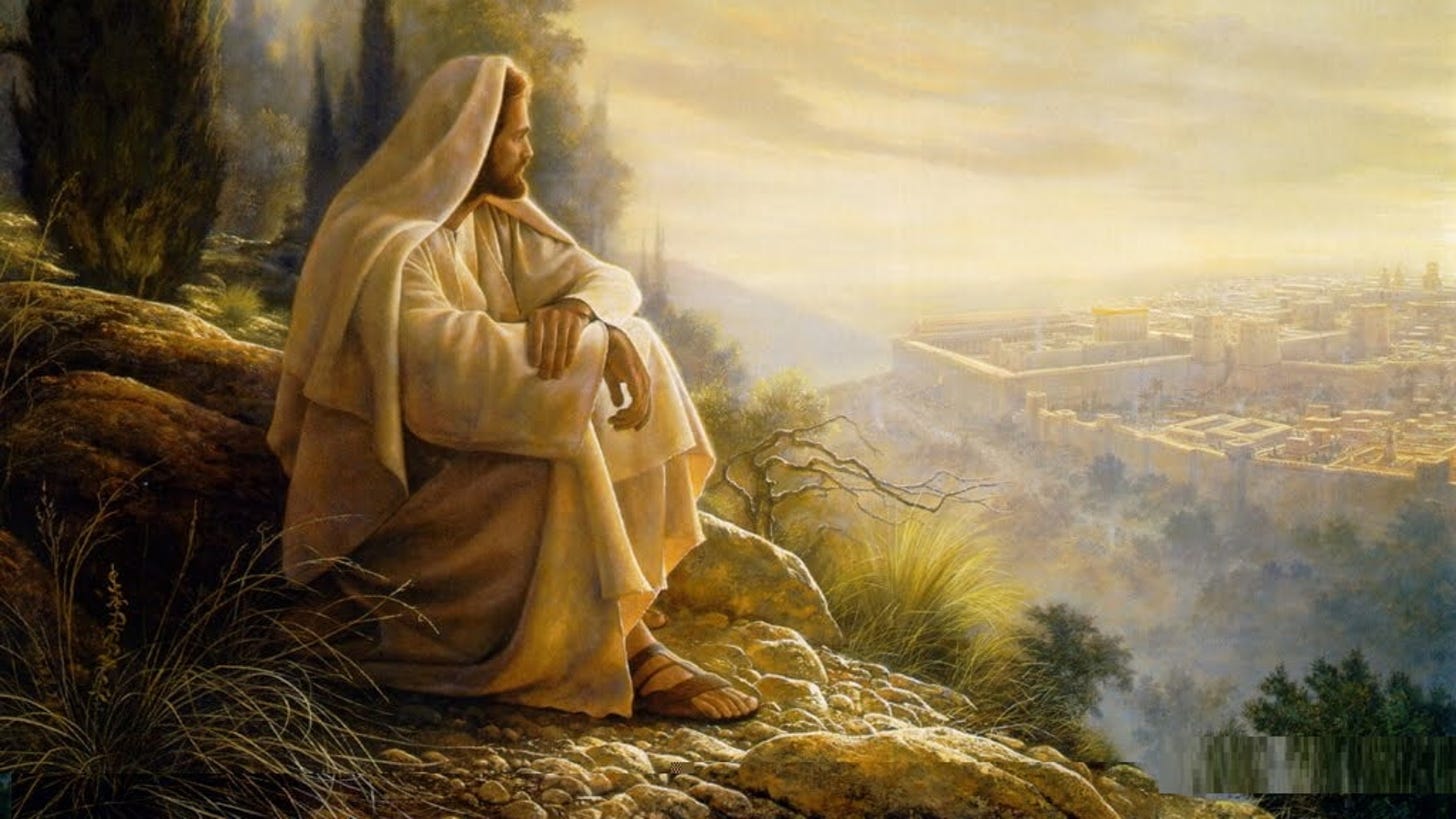

You’ve filled in some gaps about my knowledge of the timeframe here. I don’t think it ever dawned on me previously how God used the construction skills of the Romans and the knowledge the Greeks brought to this region during the 400 years to facilitate the spreading of Jesus and Christianity throughout the region. It’s now much easier to understand the actions of the current day Jews and the way the Eastern European ‘Jews’ were able to influence the beliefs.
God bless you, Anon_fa_mous!🙏🙏
The Kabbalist put a lot of importance in their view of Edom/ Idomea they seem to refer to them as the gentiles but biblically Esau was the twin brother of Jacob, Abraham would have been their grandfather. Obviously though they did not worship Yahweh and worshiped idols/Satan. The later Hasmonaeans like you showed here were influenced and very close to Idomea. Herod, King of Judea and rebuilder of the (Jewish) Temple, according to Josephus and additional sources, was descended from an Idumean family who had been converted to Judaism. You can see Satans hand in it all along trying to control the opposition to the birth, life and death of Jesus. He did not see the twist in the plot though..hehe. I have been wondering some time now about second temple literature..Enoch and all the apocrypha. I have read some but it would be good to find out who those authors were etc. The same with the authors of the Masoretic Text. Keep up the good work, it is always interesting to read your take on these subjects.